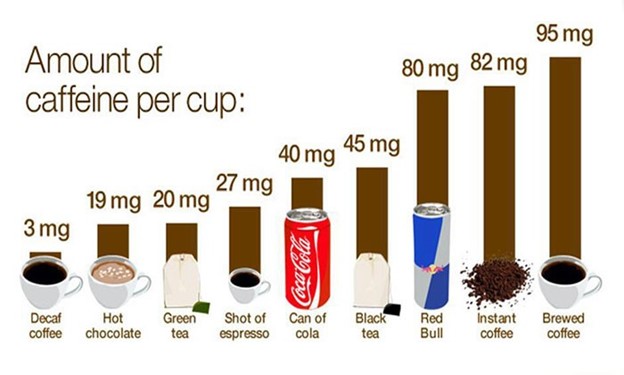A nurse is reinforcing teaching about car seat safety with a parent of a newborn. Which of the following statements by the parent indicates an understanding of the teaching?
"I should keep my baby rear-facing in the carseat until she is 2 years old."
"I should position the car seat's retainer clip at the level of my baby's belly button."
"I should enable the airbag when my baby is in the front seat of the car."
"I should place my baby in the car seat at a 90-degree angle."
The Correct Answer is A
This statement reflects an important recommendation for car seat safety. It is recommended to keep infants and toddlers rear-facing in their car seats until they reach the age of 2 or until they outgrow the height and weight limits specified by the car seat manufacturer. Rear-facing car seats provide better protection for the child's head, neck, and spine in the event of a crash. "I should position the car seat's retainer clip at the level of my baby's belly button." The correct position for the retainer clip is at armpit level. It should be positioned across the chest, resting on the bony part of the child's shoulders. Placing the retainer clip at the level of the belly button can be unsafe and may not provide proper protection.
"I should enable the airbag when my baby is in the front seat of the car." It is not recommended to place a rear-facing car seat in the front seat of a vehicle with an active airbag. The force of the airbag deployment can cause serious injuries to the child. The safest place for a rear-facing car seat is in the back seat of the vehicle.
"I should place my baby in the car seat at a 90-degree angle." The angle at which the car seat is installed depends on the specific instructions provided by the car seat manufacturer. It is important to follow the manufacturer's guidelines for proper installation. Some car seats have built-in angle indicators or adjustable recline positions to help achieve the correct angle for optimal safety.
Nursing Test Bank
Naxlex Comprehensive Predictor Exams
Related Questions
Correct Answer is B
Explanation
Among the given options, 240 mL (8 oz) of hot cocoa typically contains the least amount of caffeine. While the exact caffeine content can vary depending on the brand and preparation method, hot cocoa is generally considered to have a lower caffeine content compared to brewed green tea, instant coffee, or cola soft drinks.
However, it's worth noting that hot cocoa may still contain a small amount of caffeine, although significantly less than the other options mentioned.

Correct Answer is C
Explanation
A.This is incorrect because suction should not be applied during the insertion of the catheter. Suctioning should only be applied while withdrawing the catheter to avoid causing trauma to the mucosa.
B. Suctioning should generally be performed for no longer than 10 seconds at a time to minimize the risk of complications such as hypoxia.
C.This response is correct because waiting approximately 1 minute between suctioning attempts allows the client time to recover and reoxygenate. This interval helps prevent hypoxia and mucosal damage, which are important considerations during the suctioning process.
D.In adults insert catheter approximately 16 cm (6.5 inches); in older children, 8– 12 cm (3–5 inches); in infants and young children, 4–7.5 cm (1.5–3 inches). Rule of thumb is to insert catheter distance from tip of nose (or mouth) to angle of mandible.
Whether you are a student looking to ace your exams or a practicing nurse seeking to enhance your expertise , our nursing education contents will empower you with the confidence and competence to make a difference in the lives of patients and become a respected leader in the healthcare field.
Visit Naxlex, invest in your future and unlock endless possibilities with our unparalleled nursing education contents today
Report Wrong Answer on the Current Question
Do you disagree with the answer? If yes, what is your expected answer? Explain.
Kindly be descriptive with the issue you are facing.
